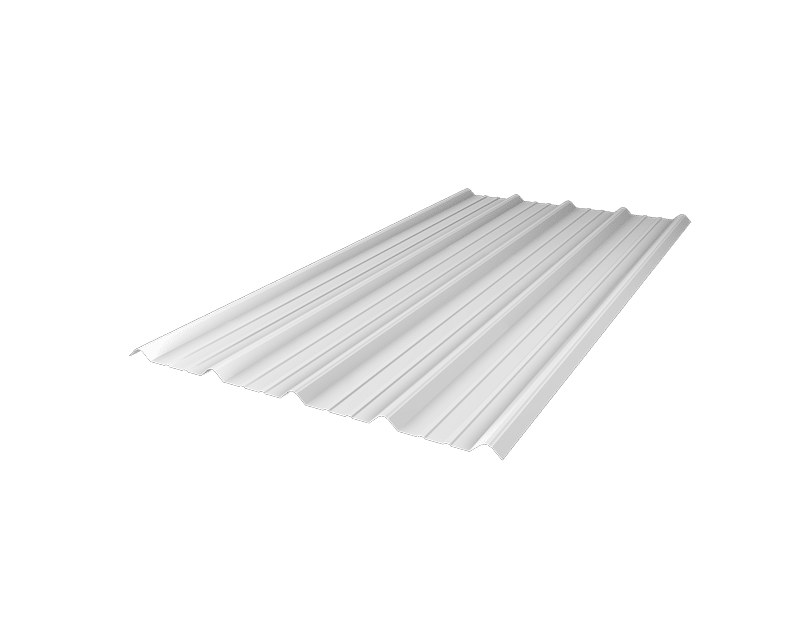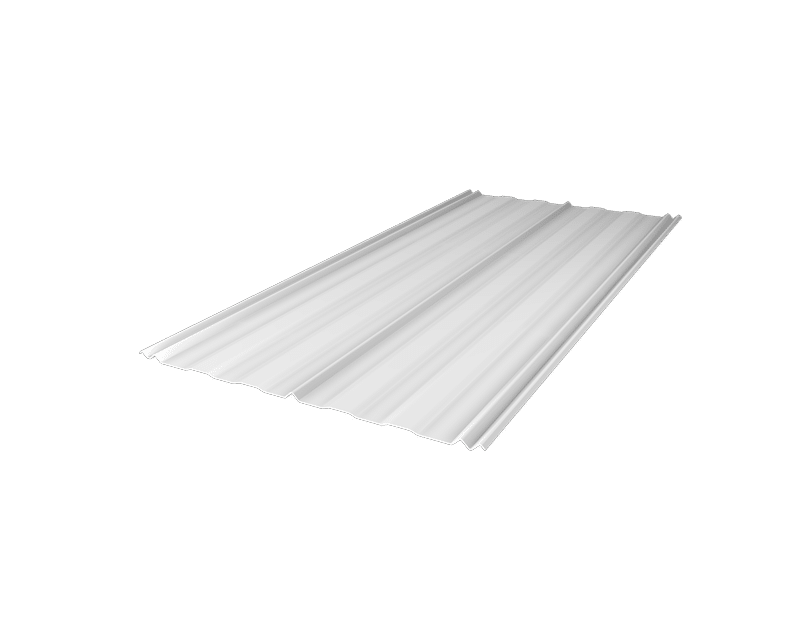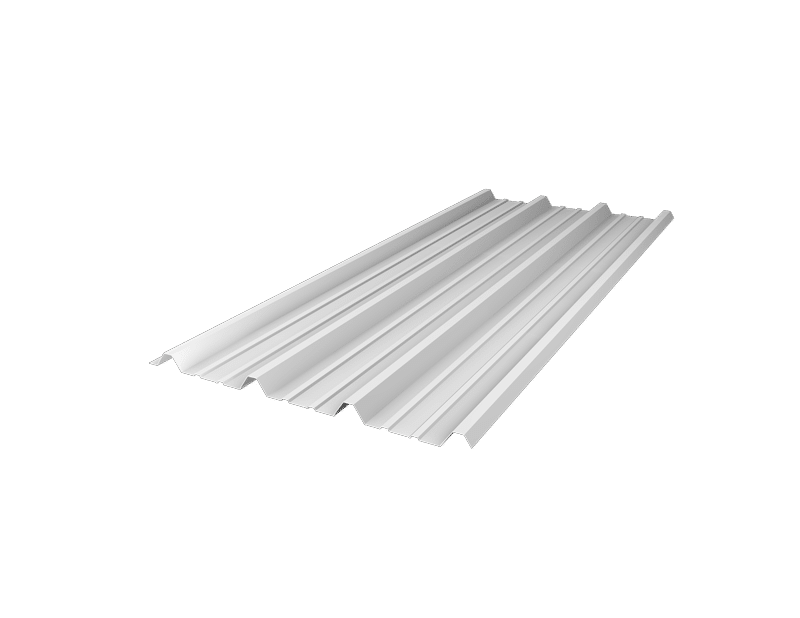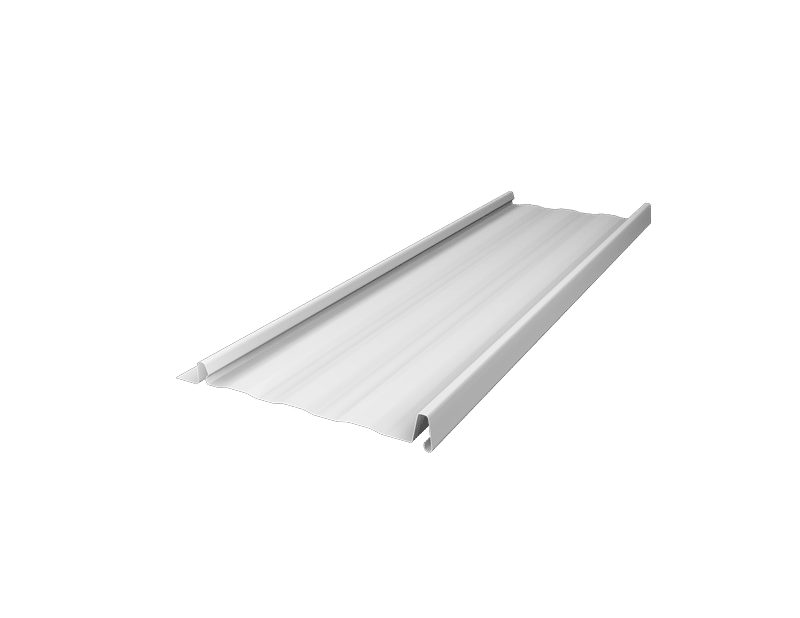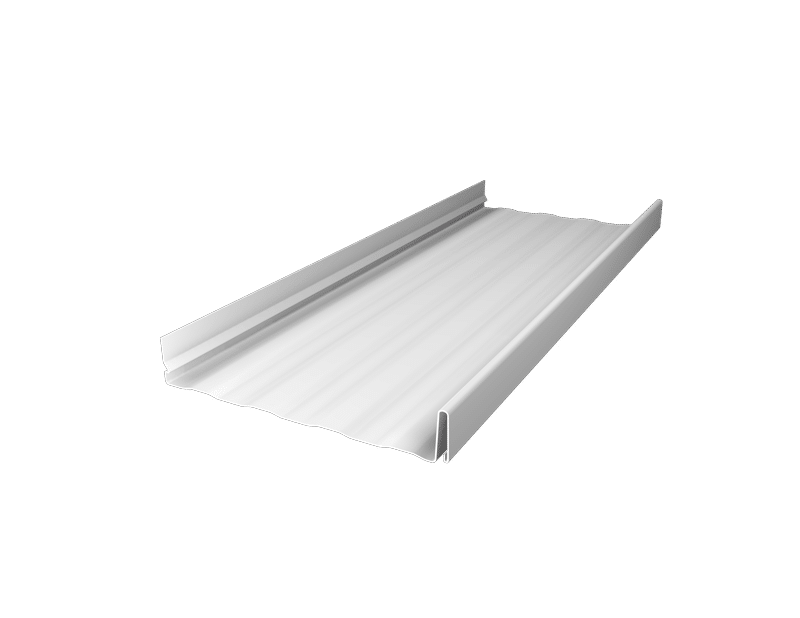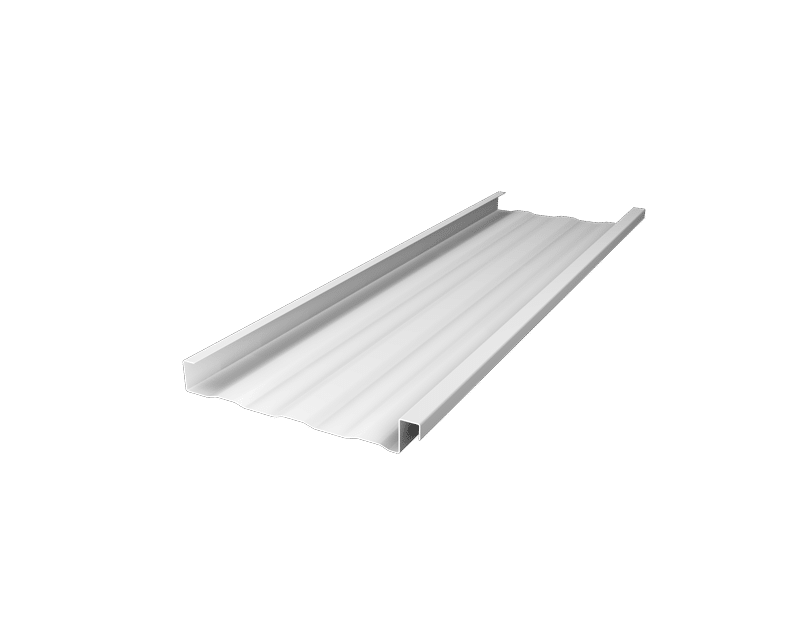Measuring a roof for metal roofing installation can be intimidating for homeowners, but it doesn't have to be. With the right tools and a bit of guidance, you can accurately measure your roof and confidently prepare for metal roofing installation. In this blog post, we'll provide step-by-step instructions on how to measure a roof for metal roofing, so you can have confidence that your measurements are precise, and you don't have to worry about guesswork.
Why Measuring Your Roof is Important
When it comes to installing a metal roof, accurately measuring your roof is crucial. But why is it so important? Well, for starters, accurate measurements ensure that you purchase the right amount of metal roofing material. Ordering too little can be a costly mistake, while ordering too much can result in wasted resources and money.
Additionally, precise measurements allow you to plan your installation process effectively. Knowing the exact dimensions of your roof helps you determine how much time and effort will be needed for the project. It also enables you to plan for any special considerations, such as additional flashing or underlayment requirements.
Measuring your roof accurately also ensures that your metal roofing panels will fit perfectly. Improper measurements can result in ill-fitting panels, leading to leaks, water damage, and a compromised roofing system.
By taking the time to measure your roof correctly, you can save yourself from potential headaches, delays, and costly mistakes. So, don't skip this important step! Follow our step-by-step guide and measure your roof accurately for a successful metal roofing installation.
Necessary Tools for Accurate Measurement
Accurately measuring your roof for metal roofing installation requires the right tools. Here are some necessary tools to ensure precise measurements:
- Measuring Tape: A quality measuring tape is essential for accurately measuring the length and width of your roof. Make sure it is long enough to measure the entire span of your roof.
- Ladder: A sturdy ladder is necessary for accessing your roof safely. Choose a ladder that is the right height and has non-slip feet to prevent accidents.
- Safety Gear: To protect yourself during the measuring process, wear appropriate safety gear such as gloves, safety glasses, and a hard hat.
- Digital Angle Finder: A digital angle finder helps measure the pitch and slope of your roof accurately. This tool ensures that you have the correct angle for accurate measurements.
- Pen and Paper: Have a pen and paper handy to write down measurements and calculations as you go. This will help you stay organized and prevent any confusion later on.
With these necessary tools in hand, you can confidently measure your roof for metal roofing installation. Remember, accuracy is key, so take your time and double-check your measurements to ensure a successful and hassle-free installation process.
How to Measure the Length and Width of Your Roof
Now that you have all the necessary tools ready, it's time to learn how to measure the length and width of your roof accurately. Follow these steps to ensure precise measurements:
- With your measuring tape in hand, climb up the ladder and carefully extend it to the edge of your roof. Take note of the measurement.
- Move along the edge of your roof, taking measurements every few feet to account for any variations in size. Write down each measurement as you go.
- Once you've measured one side of your roof, move to the opposite side and repeat the process, making sure to record all the measurements accurately.
- To measure the width of your roof, position your ladder at one end and extend your measuring tape across the width of the roof. Take note of this measurement as well.
- Continue measuring the width at regular intervals to account for any variations, just like you did for the length.
- Once you have all the measurements recorded, double-check them to ensure accuracy.
Remember, taking your time and being meticulous with your measurements is crucial. This will ensure that you have the correct dimensions for purchasing materials and planning your metal roofing installation.
If you don’t have the time to measure or are not able to do it, you can use our CAD technology. Our CAD (computer-aided design) department uses CAD technology to create 2D and 3D models of your home. CAD software allows users to quickly generate detailed drawings with precise measurements, angles, and shapes.
Click below to visit our Vlog, "Measuring made simple: The easiest ways to measure your roof accurately"
Measuring Roof Pitch and Slope
Measuring the pitch and slope of your roof is an essential step in accurately preparing for metal roofing installation. But what exactly is roof pitch and slope, and why is it important to measure them?
Roof pitch refers to the steepness or incline of your roof, while roof slope is the ratio of the vertical rise to the horizontal run. These measurements are crucial because they determine how water drains off your roof. Incorrect measurements can lead to water pooling, leaks, and other roofing issues.
To measure roof pitch and slope, you'll need a digital angle finder. Start by positioning the angle finder on the roof surface, making sure it is level. Then, use the tool to determine the angle or pitch of the roof. This measurement will help you determine the appropriate metal roofing materials and installation methods for your roof.
Taking accurate roof pitch and slope measurements ensures that your metal roofing installation will be a success. So, don't overlook this crucial step, and remember to use a reliable digital angle finder to get precise measurements for a properly functioning roof.
Calculating Roofing Material Quantity Needed
When it comes to installing a metal roof, accurately measuring your roof is crucial. But it doesn't end with just measuring the length and width of your roof. You also need to calculate the quantity of roofing materials you'll need for a successful installation.
To calculate the roofing material quantity, you'll need to consider various factors such as the type and size of metal roofing panels, the slope and pitch of your roof, and any additional materials required, such as underlayment or flashing.
Start by determining the square footage of your roof by multiplying the length and width measurements you took earlier. Next, consider the type of metal roofing panel you'll be using and the panel coverage. Multiply the square footage by the panel coverage to get the total panel count.
To ensure you have enough panels, add a few extra for cutting and any potential mistakes. Additionally, consider any other materials needed for the installation, such as screws, sealant, or trim pieces.
By carefully calculating the roofing material quantity, you can confidently order the right amount of materials, preventing costly mistakes or wastage. Take your time with these calculations, and consult with a professional if needed, to ensure a smooth and successful metal roofing installation.

